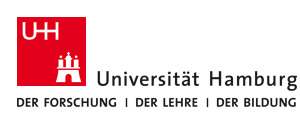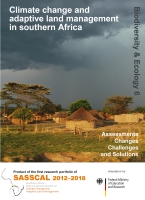
|

Department of Biology Institute of Plant Science and Microbiology |
| Division BEE > Biodiversity & Ecology > Vol.6 > Article 3.5 |
Biodiversity & Ecology
Journal of the Division Biodiversity, Evolution and Ecology of Plants , Institute for Plant Science and Microbiology, University of Hamburg.
Risk management Research article Open Access Drought sensitivity in the Cuvelai Basin: empirical analysis of seasonal water and food consumption patterns
Resumo: A população da África Subsariana é regularmente afectada pela seca, recentemente desencadeada pelo El-Niño. Os pequenos agricultores rurais em ambientes semiáridos dependem directamente da disponibilidade local de água azul e verde e estão, por isso, em risco de seca, tal como se verifi ca na bacia transnacional de Cuvelai, no Sul de Angola e Norte da Namíbia. Este estudo baseia-se no conhecimento local da água sazonal e dos padrões de consumo de alimentos, de modo a estimar a sensibilidade domiciliar à seca. Foi realizado um estudo empírico com 461 famílias para (i) determinar a fi abilidade dos tipos de fontes de água e alimentos sob condições de seca, (ii) estimar as dependências de consumo e (iii) contribuir para as avaliações do risco de seca. Os padrões de consumo revelam diferenças na fi abilidade dos tipos de fontes. Em especial, os tipos tradicionais são usados extensivamente durante a época das chuvas, mas fi cam indisponíveis na época seca. As famílias com uma forte dependência dos respectivos tipos são particularmente sensíveis à seca. Isto é verdade para áreas rurais, especialmente em Angola, onde há menor disponibilidade de infraestruturas de água e alimentos. Esta metodologia pode ser implementada em estudos convencionais para continuamente monitorizar as condições de sensibilidade à seca ao nível doméstico.
Suggested citation: |
